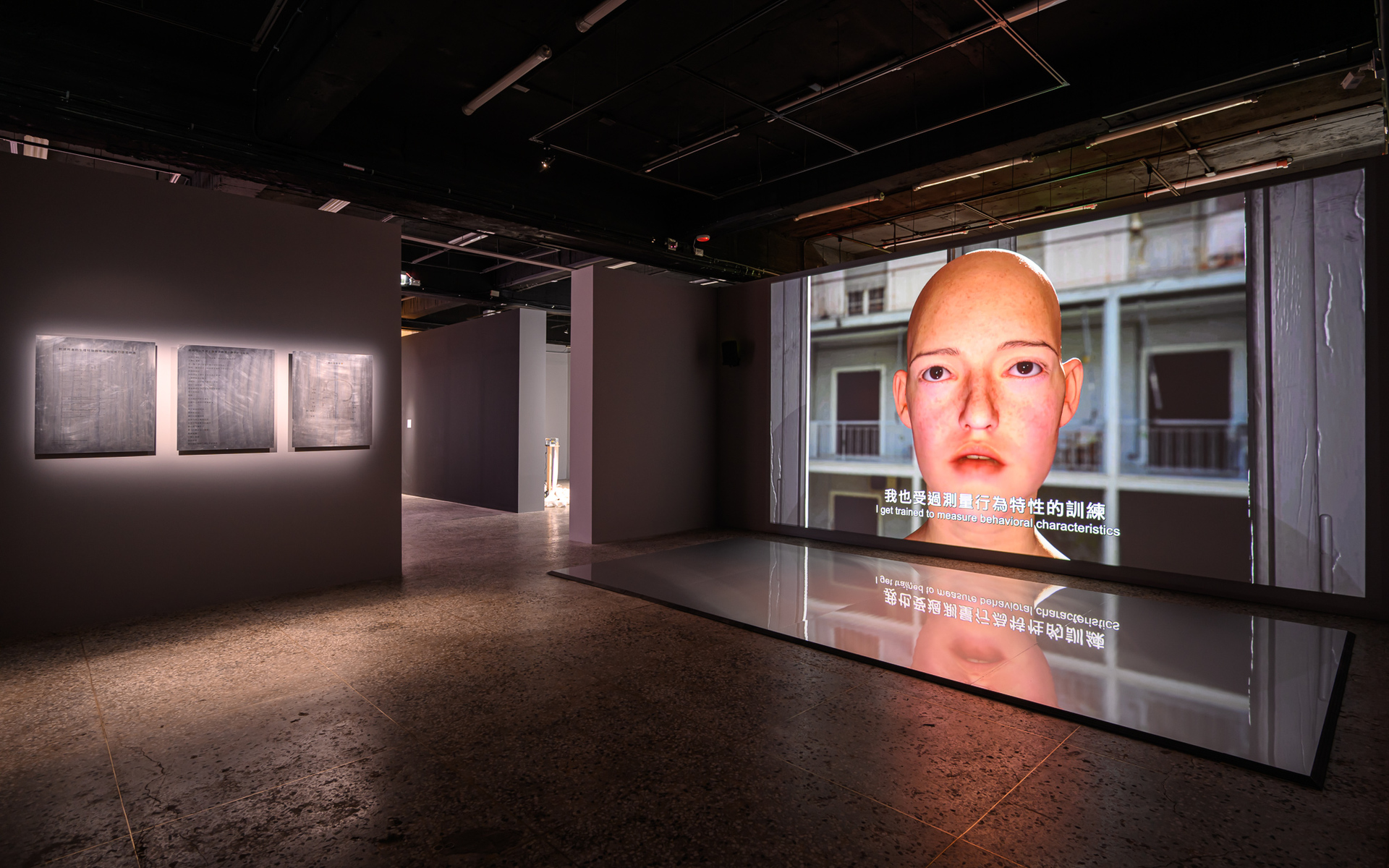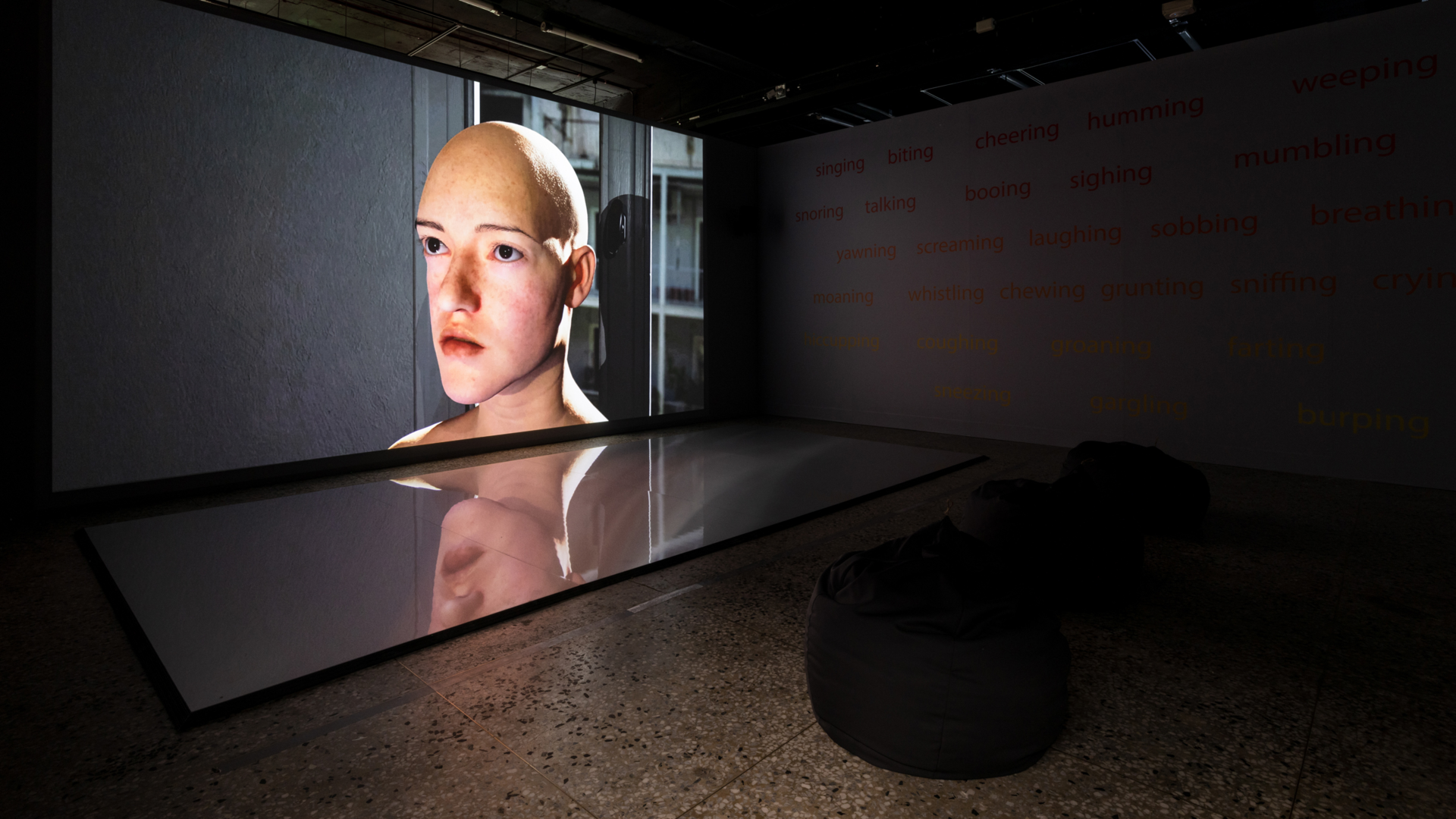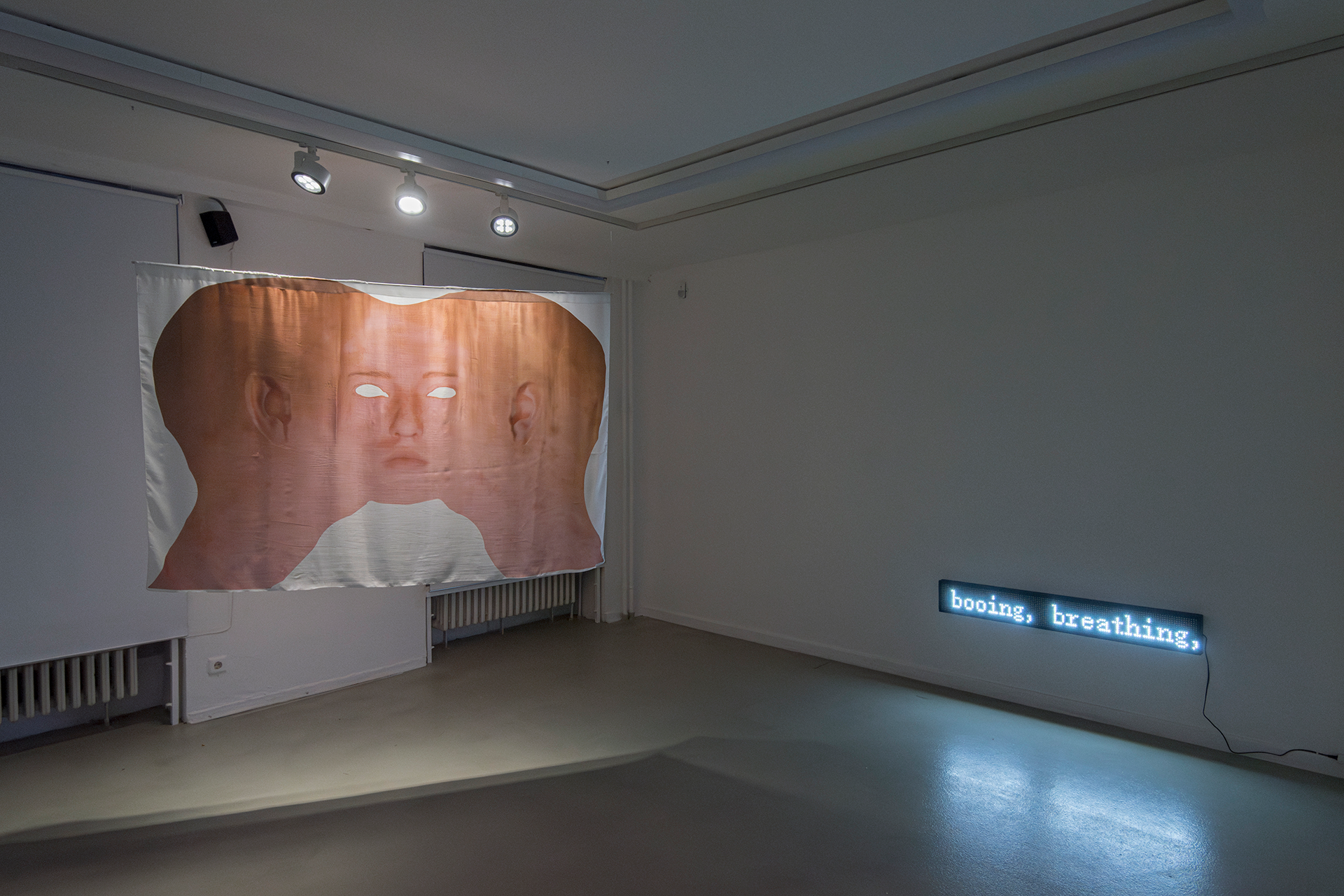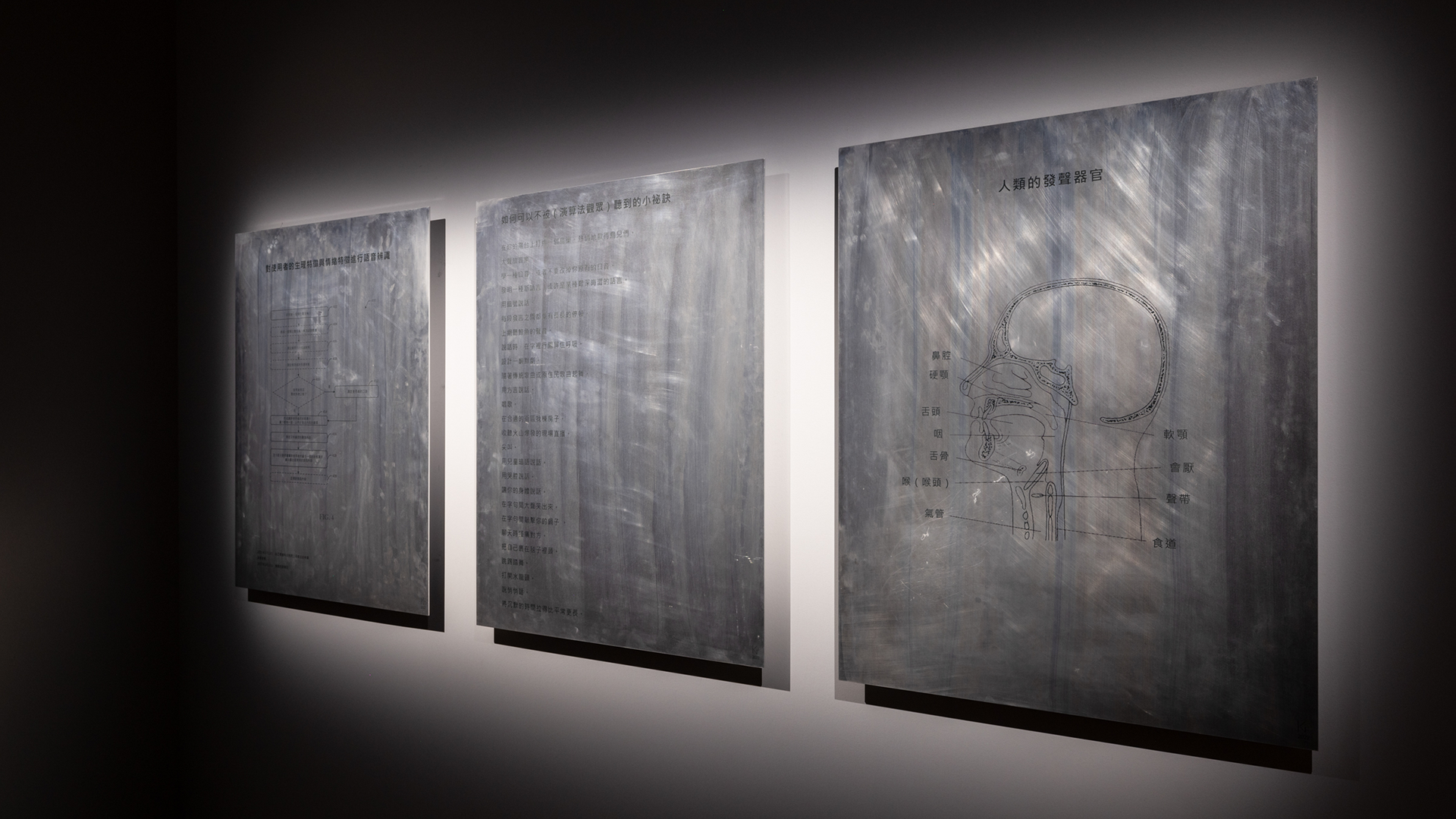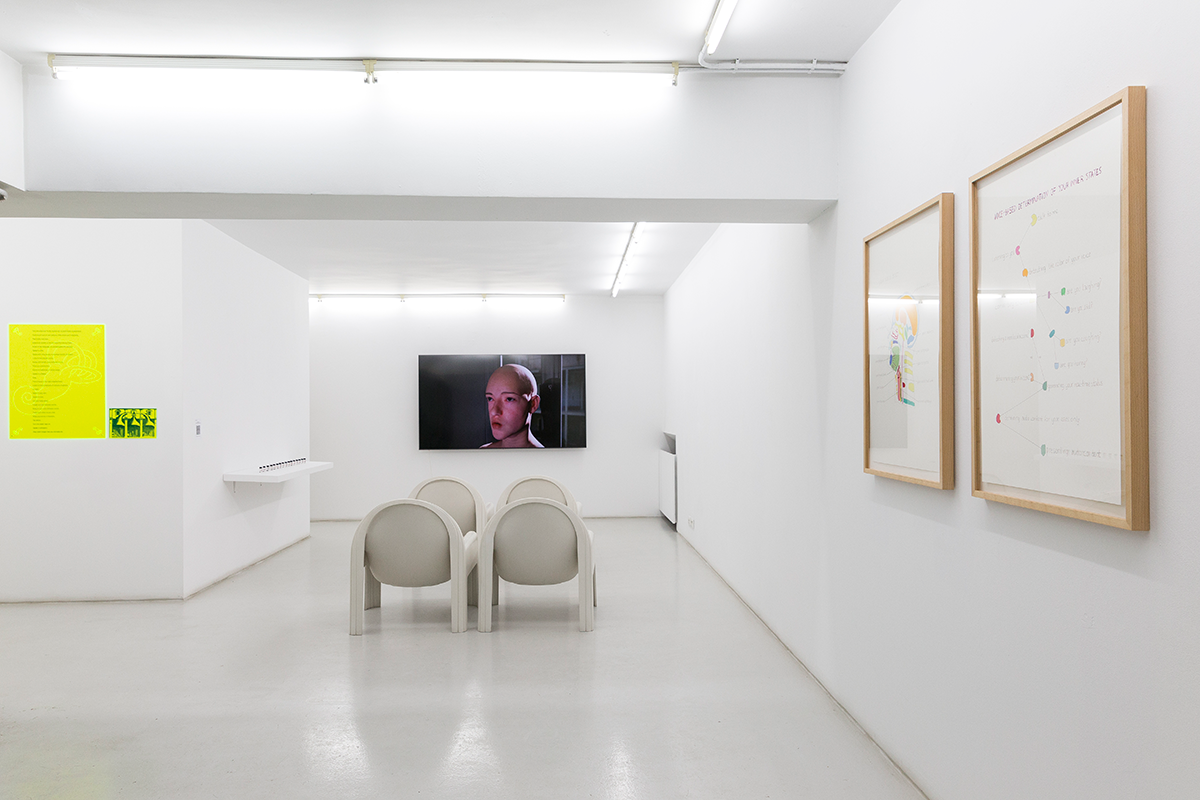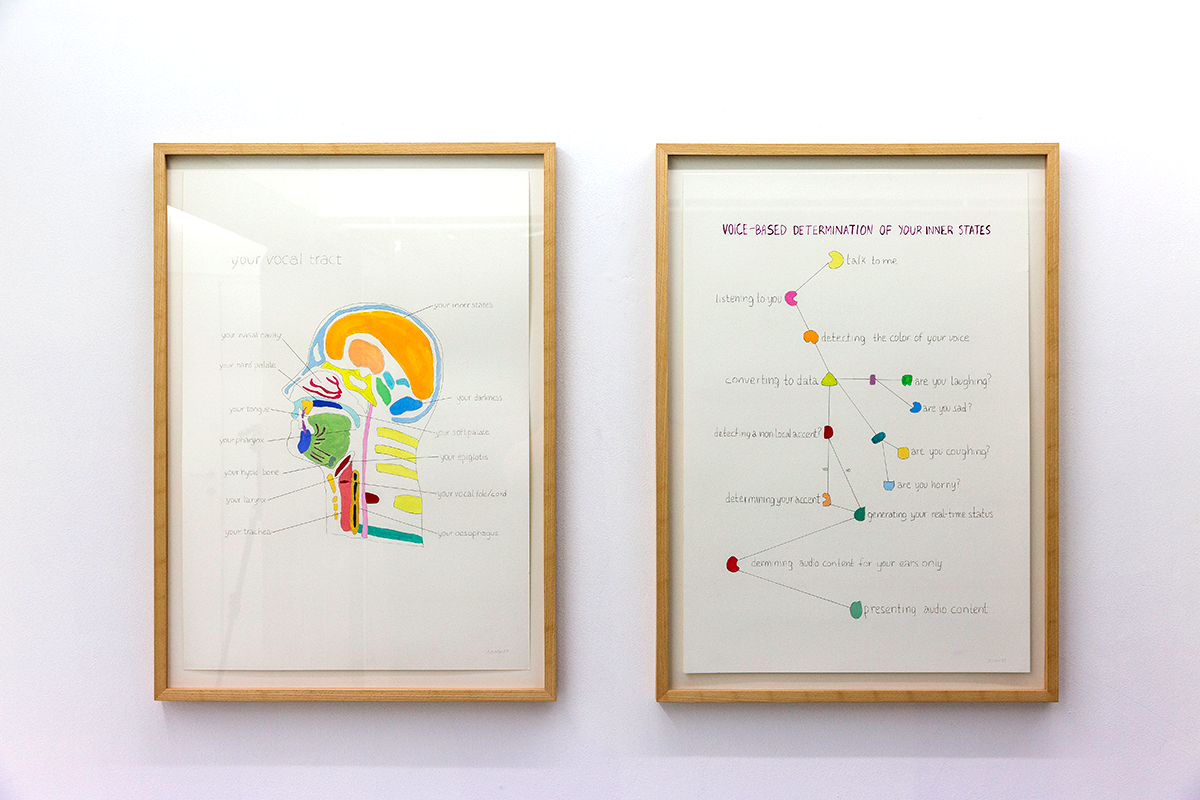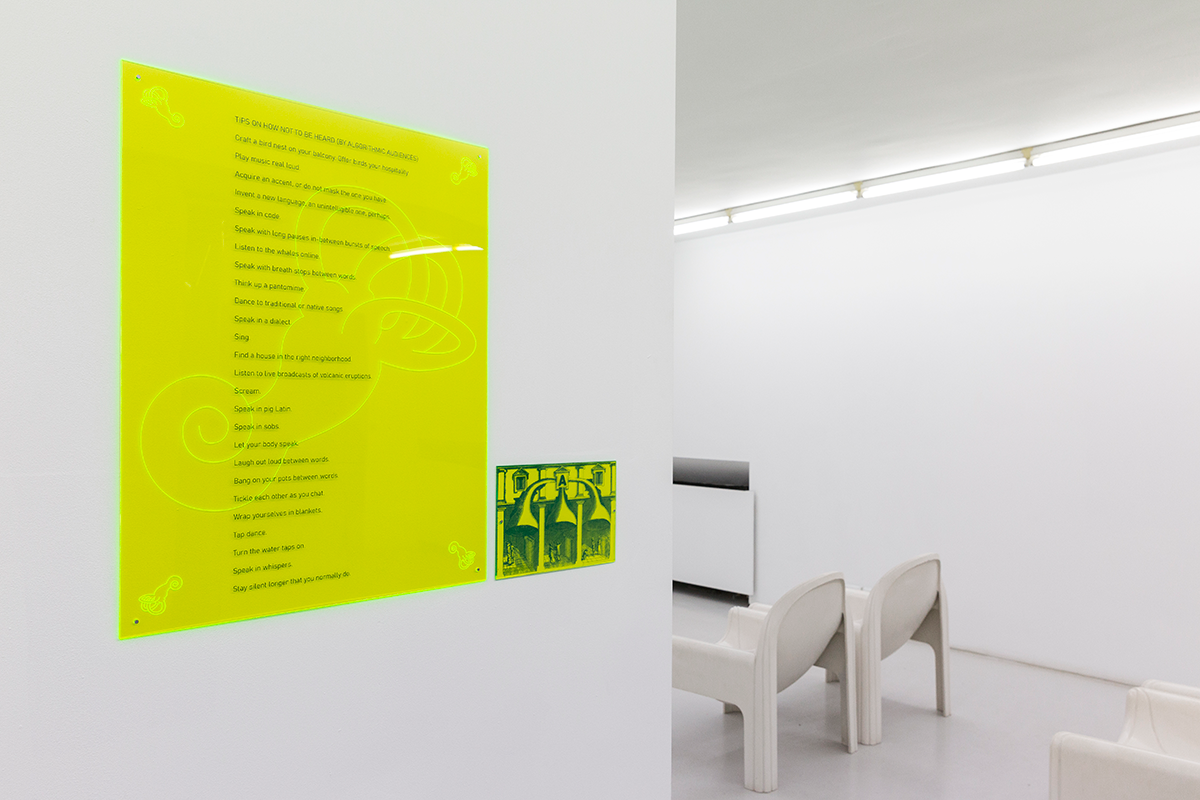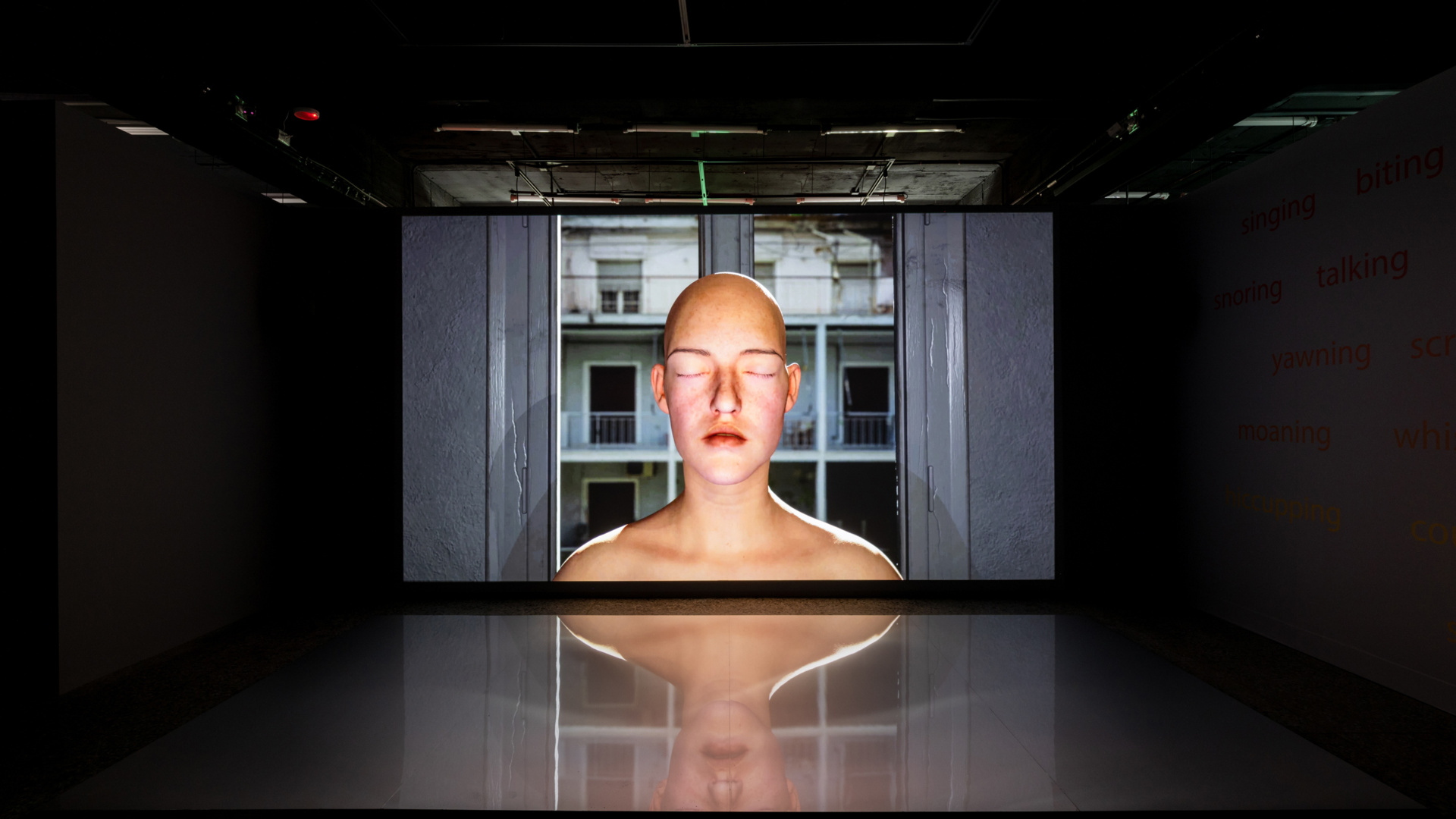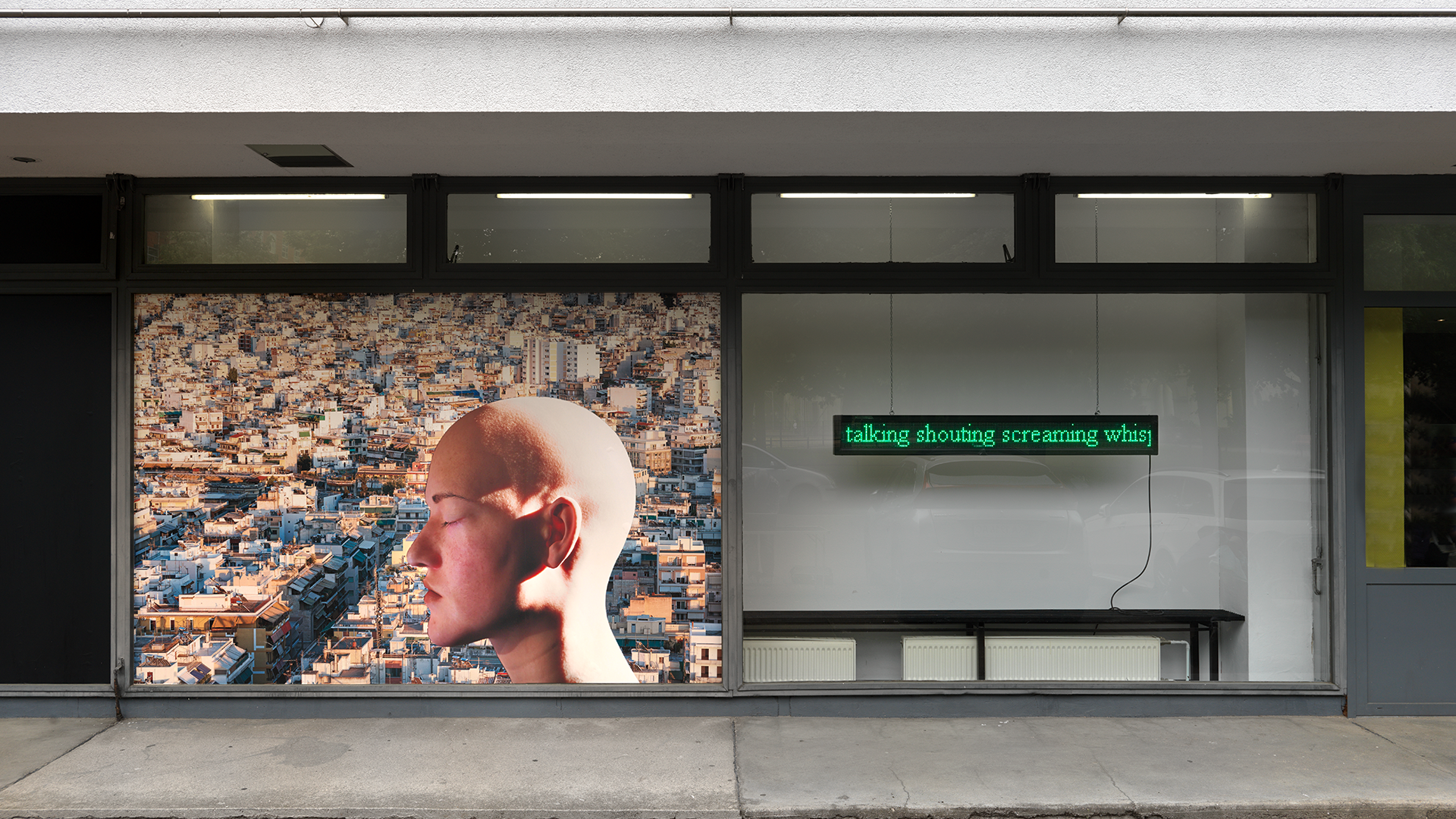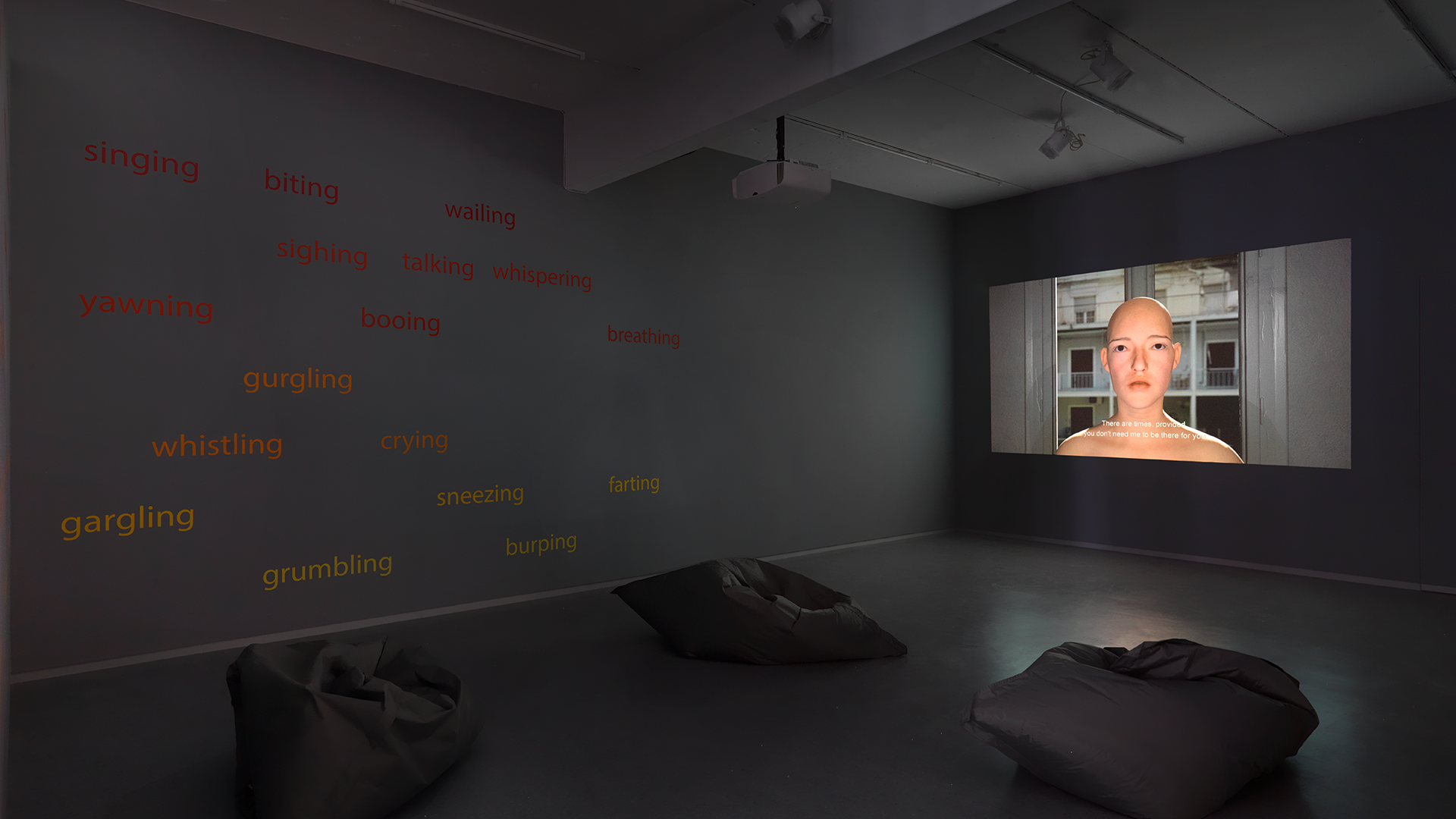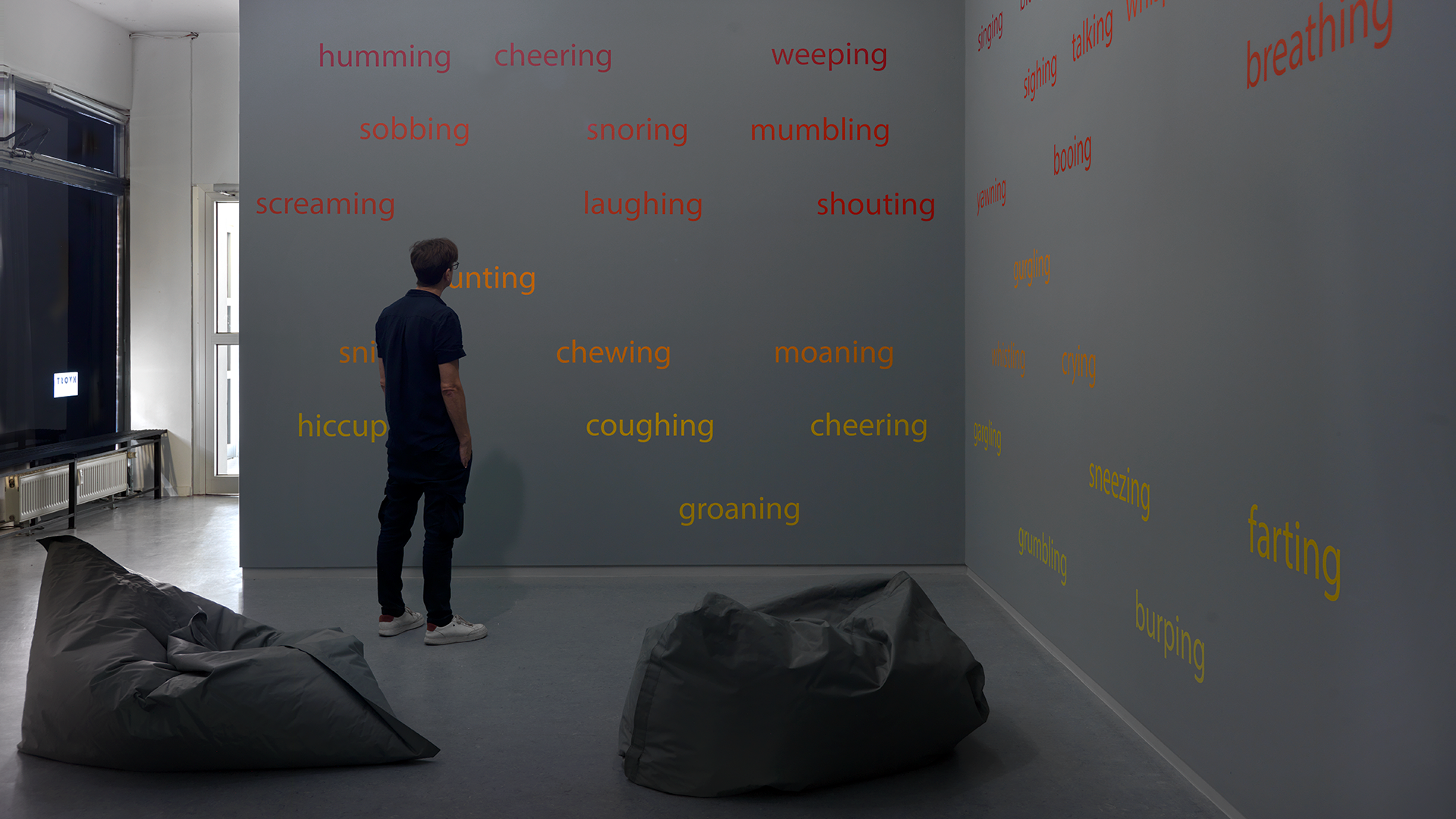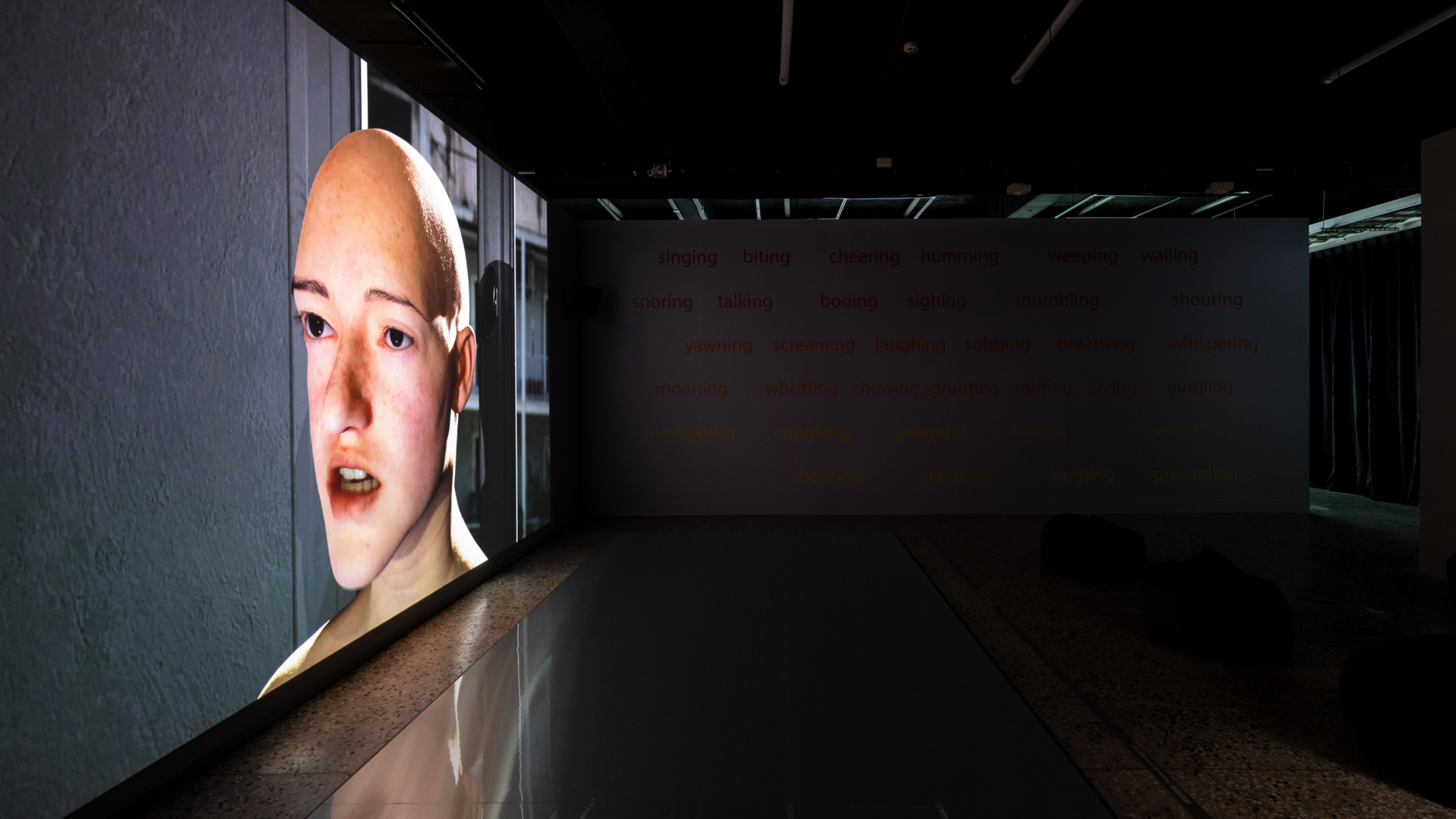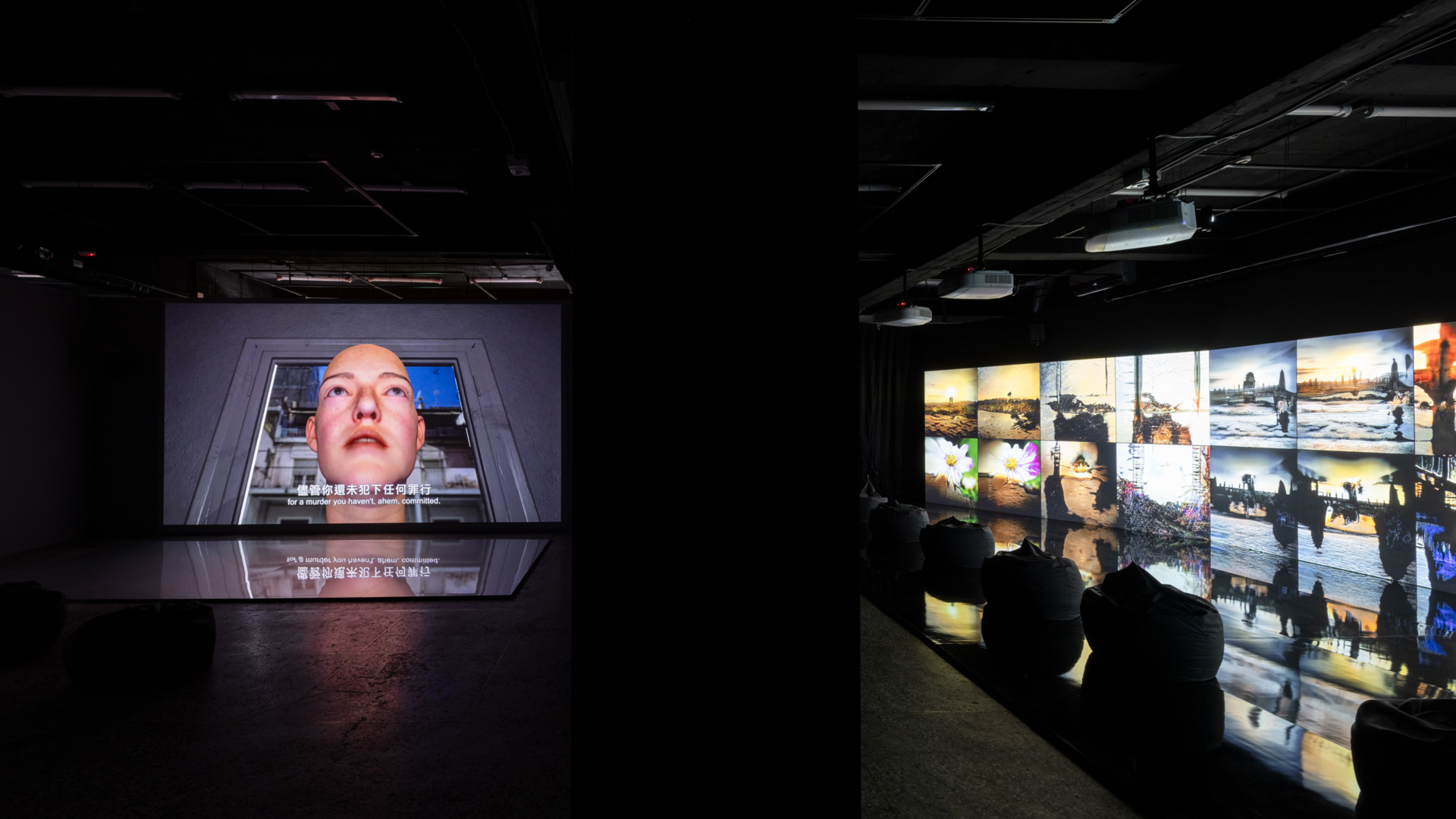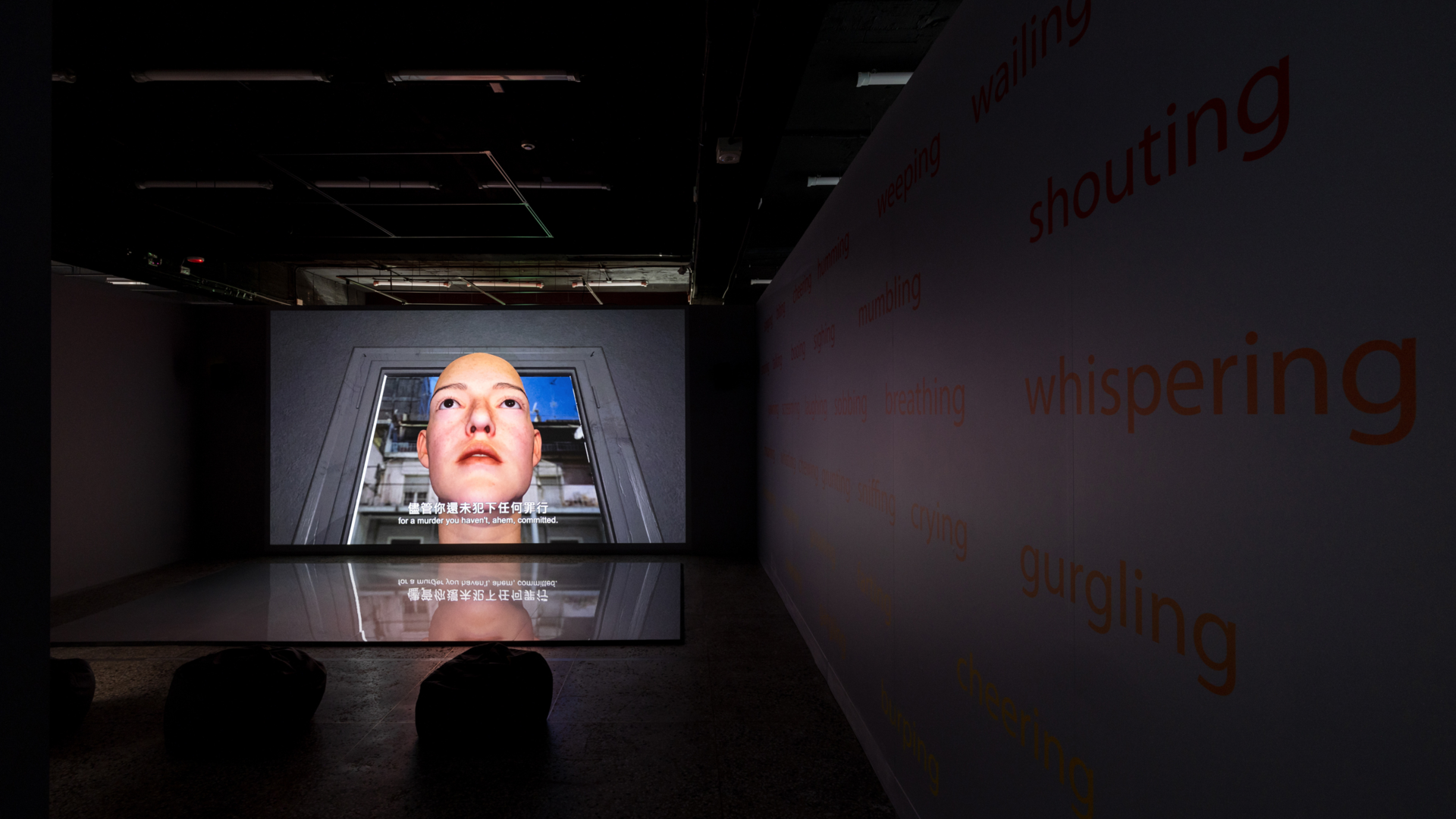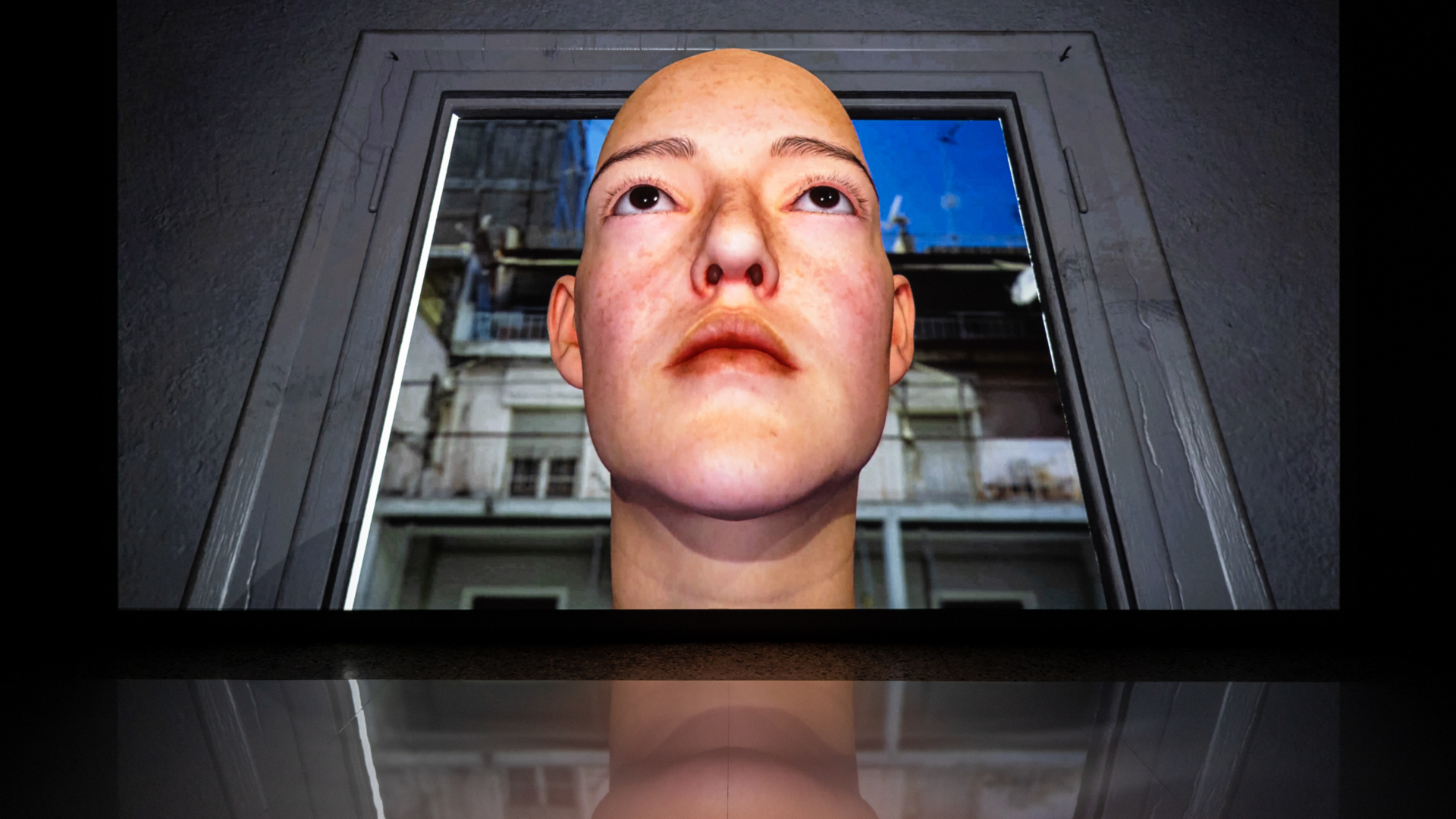Not Allowed for Algorithmic Audiences, 2021
LED SIGN ● RARE EARTH ELEMENT COLLECTION ● 4K CGI VIDEO ● DRAWINGS ● PRINTS ON ALUMINIUM ● VINYL LETTERS ● DIGITAL PRINT ON ORGANIC SILK
Edition of 3 + 2AP.
video + portfolio request to contact@kyriakigoni.com
Voice assistants are becoming increasingly common across diverse demographics. During a sweltering August in Athens, a fictional virtual assistant named Voice appears on screen each day at 5:30 p.m. Over the course of seven days—and facing its imminent fate in an e-waste dump—Voice offers playful yet sharp advice on how to evade online surveillance. Drawing on philosopher Rosi Braidotti’s notion of the voice as the “audio footprint of the soul,” Voice provokes reflection on issues of privacy, identity, and control.
Speaking is a deeply personal act; it carries traces of our past and signals our present. But what happens when machines are trained to detect our physical and emotional states, to predict our desires, fears, illnesses, and needs—while simultaneously harvesting our behavioural surplus? What, then, are voice assistants to us? Are they companions, obedient servants, or biometric supervisors quietly monitoring our lives?
This artwork was developed within the framework of the Ars Electronica ArtScience Residency, enabled by Art Collection Deutsche Telekom in partnership with Johannes Kepler University.
The work is part of the Art Collection Telekom.
Unceasingly Training the Algorithm PODCAST
S+T+ARTS PRIZE NOMINATION 2023
THE BREEDER SOLO SHOW
ΚΥΡΙΑΚΗ ΓΟΝΗ, ΓΙΑΤΙ ΟΙ ΦΩΝΗΤΙΚΟΙ ΒΟΗΘΟΙ ΕΙΝΑΙ ΠΑΝΤΑ ΓΕΝΟΥΣ ΘΗΛΥΚΟΥ; ATHINORAMA
NOT ALLOWED FOR ALGORITHMIC AUDIENCES, ΠΡΙΣΜΑ
WORKS IN FOCUS, GENERAZIONE CRITICA
WENN DIE SPRACHASSISTENTIN WARNT, TAGESSPIEGEL
如何抵抗監控資本主義:智慧助理的獨白, VOICES OF PHOTOGRAPHY
USER MANUAL FOR DIGITAL HUMANISTS
